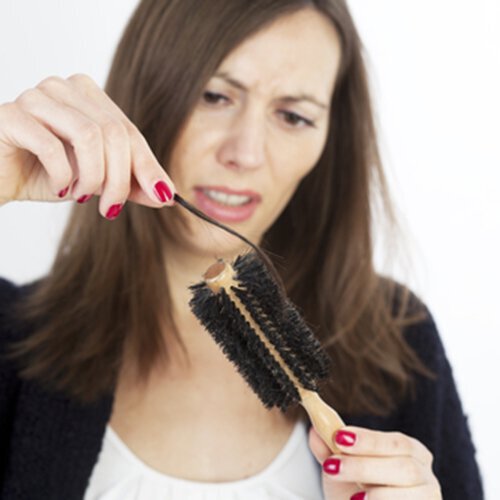Are you a woman whose hair is thinning? You may be wondering why it's happening to you and what a board certified plastic surgeon can do to correct the issue. Here are three facts about hair loss you should know prior to scheduling your appointment.
"Androgenetic alopecia is caused bymale hormones."
1. It's in the genes
Most doctors ask patients how their mothers, aunts or grandmothers look. If they too have thinning hair – even if it skips a generation – then genes are likely the culprit. This hereditary condition, called androgenetic alopecia, is caused by androgen, or male hormones.
2. Women are good candidates for hair transplants
Yes, it can be a little more difficult to treat hair loss in women than it is for men. Unlike men, women's hair usually thins out around their entire head, which is called diffuse hair loss. What makes women's hair transplants more difficult is thatthey tend to lose hair around the sides and backs of their head, which arewhat doctorscalldonation spots.
However,that doesn't mean women can't or don't obtain hair transplants. In fact, in 2014, doctors completed nearly 16,000 total hair transplant procedureson women in the U.S., according to the American Society of Plastic Surgeons.
3. Hair loss for men and women is different
One of the differences between male and female hair loss is how baldness occurs in one gender over the other. The other difference is that men tend to lose hair at the front of their head while women usually lose it on the top, back andsides.
Hair loss in men also tends to happen gradually. Women, on the other hand, may be able to tell much more quickly if they're losing their locks. For example, they may notice that larger than normal clumps appear on their combs after brushing.
If you're thinking about scheduling a hair transplant appointment, contact the best dual-board certified facial plastic surgeon on Long Island, Dr. Marotta, and visit our Long Island plastic surgery practice to discuss your goals.
